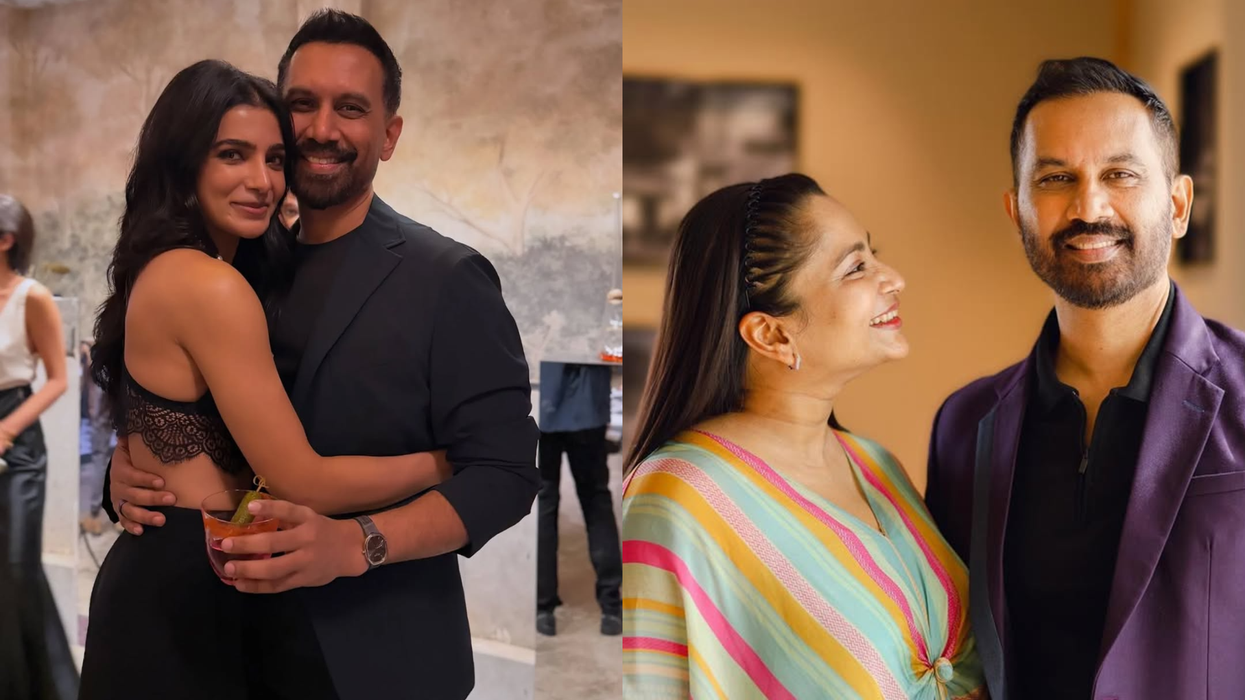THE Barbican Centre, which the late Queen Elizabeth described as “one of the wonders of the modern world” when she opened the arts venue in 1982, is now showing its age and will undergo a major renewal.
The eminent architect and multi-disciplinary artist, Asif Khan, told a touching personal tale about how his father, Riaz Khan, was very emotional and began crying when he learnt his son would have play a leading role in the project.
In fact, the co-leads would be the Asif Khan Studio and another architectural designing firm, Allies and Morrison.
“I just thought I might say a couple of words about why we’re involved in this project, and what it means to us in the studio,” began Asif, who was born in London but whose father came from Pakistan. “Everyone has their own personal story of why they want to be involved in this.”
“From my side,” Asif went on, “my dad brought me here as a two-year-old. We came here as a family every Saturday, every Sunday, to the point my sister and I would call this a sort of second front room for us. We never went to any concert. We just enjoyed the free programme and the lakeside and the foyer.
“I brought my dad to the 40th anniversary concert which was two years ago,” added Asif.
“And when the (tender) competition came up, I felt I just have to be involved. When we won the project, I told him that we’re going to have a chance to work on the project as a practice. He started crying. It was a real moment of giving back what he’d given me.”
Asif added: “This is one of the most extraordinary places, a gift to London. We want to make it better and hand it over to a future generation of both audiences and creators who get the same opportunities that I have had from it. That’s why we love this place. It’s really close to my heart and close to the heart of the studio.”
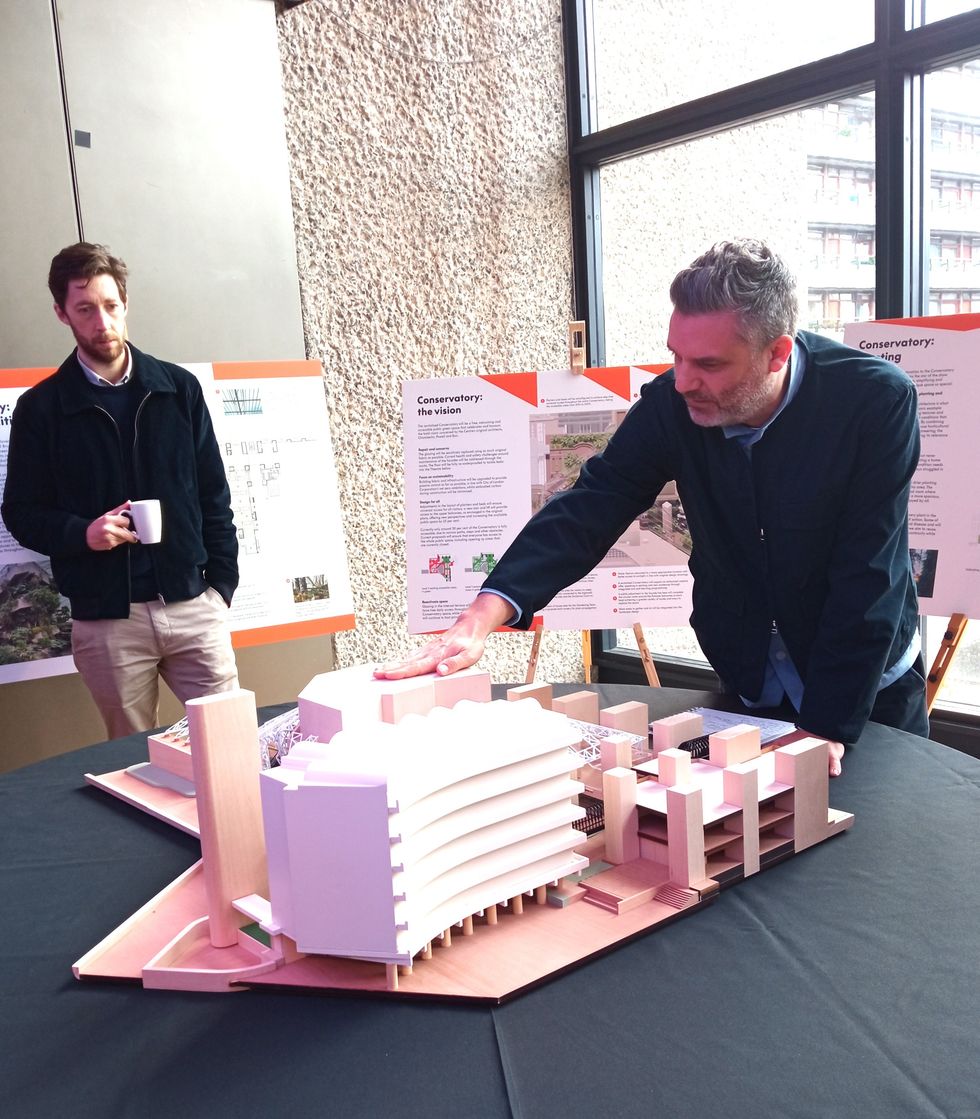
The Asif Khan Studio would focus on the foyer and the lakeside.
Construction on the Barbican began in 1965, but the building wasn’t opened until 1982 and the conservatory, two years later.
While doing his research, Asif discovered the architects – Peter Chamberlain, Geoffry Powell and Christoph Bon – “had this unusual link to India”.
“Powell was born into an army family in India,” he pointed out.
Chamberlain visited India and met Sri Lankan architect, Deshamanya Geoffrey Manning Bawa, considered the leader of the tropical modernist movement.
Asif said: “My father wasn’t educated in architecture, but he said he would come to the Barbican every weekend because the waterfront on the lakeside reminded him of the Shalimar Gardens in Lahore. The architects didn’t mention the link to Mughal architecture, but the relationship of Islamic gardens to a building is, I think, one of the influences on this place.”
If the public consultation process goes according to plan, construction on the renewal will begin in 2027 and be completed in time for the Barbican’s 50th anniversary in 2032.
The City of London Corporation, the ultimate owners of the Barbican, is putting £191 million into the project, although a fundraising campaign will also be launched later this year. The master plan to fully modernise the Barbican will take 10-20 years.
Details of what the renewal would involve were revealed last Wednesday (29). The steel and glass conservatory, the biggest in central London, would be substantially changed to improve public access and a special dedicated area built for private events. The glazing would be replaced, stairs removed, and the balconies refashioned to allow public access.
For three years, while work goes on, some 1,500 species of plants, some rare and endangered in their natural habitat, would be carefully taken out by experts from RHS Wisley and Kew Gardens and stored in temperature-controlled glasshouses. It is recognised that it would be impossible to take out creepers and trees that have embedded them firmly into the concrete over the last four decades.
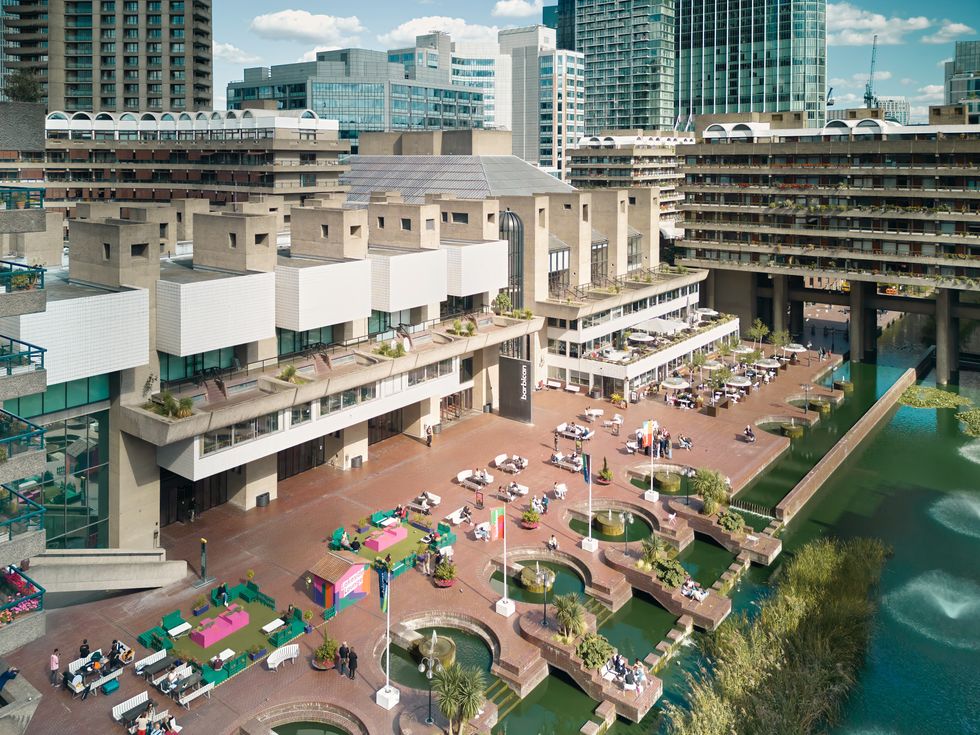
The foyer renovation will address sight lines, wayfinding, and accessibility, including new lifts and improved lighting. The project will also emphasise energy efficiency, aligning with the city’s net zero targets, and maintaining the building’s heritage while modernising infrastructure.
The Barbican is a Grade II listed Brutalist icon, recognised as one of the UK’s architectural treasures. The renewal “aims to restore and revitalise the site, by unlocking underused spaces for greater public, civic and creative use, upgrading outdated building systems and ageing materials to meet net zero targets and secure the centre for future generations”.
Engineers Buro Happold and landscape designers Harris Bugg Studio have been appointed to reimagine the conservatory planting scheme.
Charlotte Harris, director at Harris Bugg Studio, said experts advising the team included Matthew Pottage, who was head curator at RHS Wisley and is now head of horticulture and landscape strategy at Royal Parks (he gave Eastern Eye a tour of Wisley in 2023); Chris Young, garden manager in charge of glass houses at Wisley; and Phil Griffith, who was head of the glass houses at Kew and is now a specialist consultant.
“We are in the middle of a very through audit of what’s here in the conservatory, because actually there isn’t any documentation at the moment,” she added. “That gives us a basis of how we replant the space and how we house the plants in the interim period.”
Over the years, British Asian audiences have been drawn to Barbican events put on by its theatre, cinema, galleries and its 2,000-seat concert hall.
In 2024, for example, it held an exhibition called The Imaginary Institution of India: Art 1975-1998, curated by Shanay Jhaveri, head of visual arts at the Barbican. Also last year, it featured the work of the photographer Pamela Singh, a former Miss India beauty queen. Once known as Pamella Bordes, she was the centre of tabloid attention after getting involved in a sex scandal in the 1980s. But she made a new life for herself as a talented photographer. She was in an exhibition on women photographers, called Sisters: A Lens on Gender and Ecology.
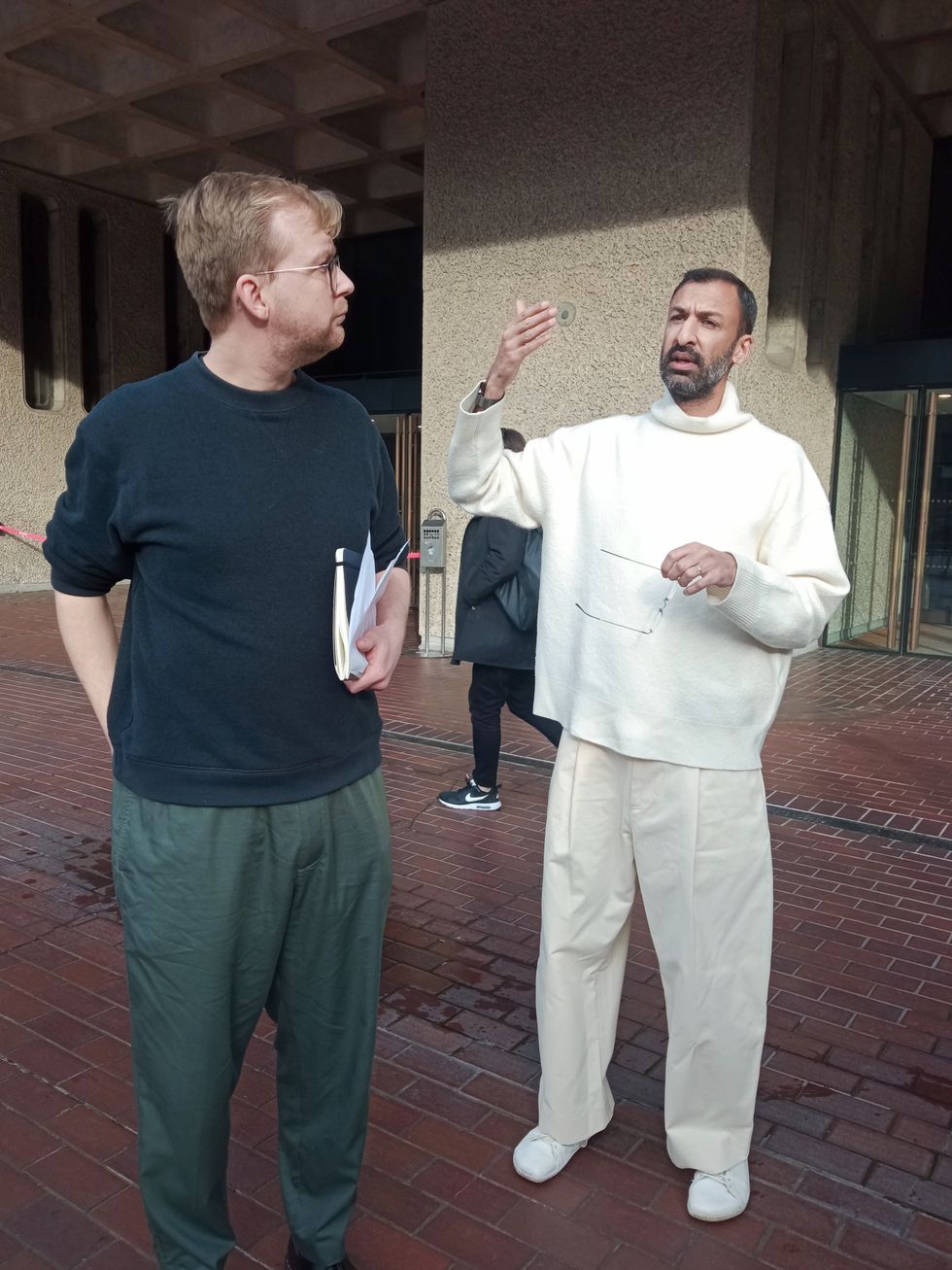
In 2017, the 1928 Indian silent movie Shiraz: A Romance of India, which tells the fictionalised 17th century tale behind the construction of the Taj Mahal, premiered at the Barbican. It was made available by the British Film Institute, which painstakingly restored an old print, “frame by frame”. The live musical score was provided by Anoushka Shankar, playing her own composition on sitar.
Words like “fantastic” and “sublime” were used by members of the largely nonIndian audience as they emerged from the screening.
In 2007, the play, A Disappearing Number, based on the 1913-2019 collaboration between the world’s two greatest mathematicians, Srinivasa Ramanujan of India and GH Hardy of England, was performed at the venue.
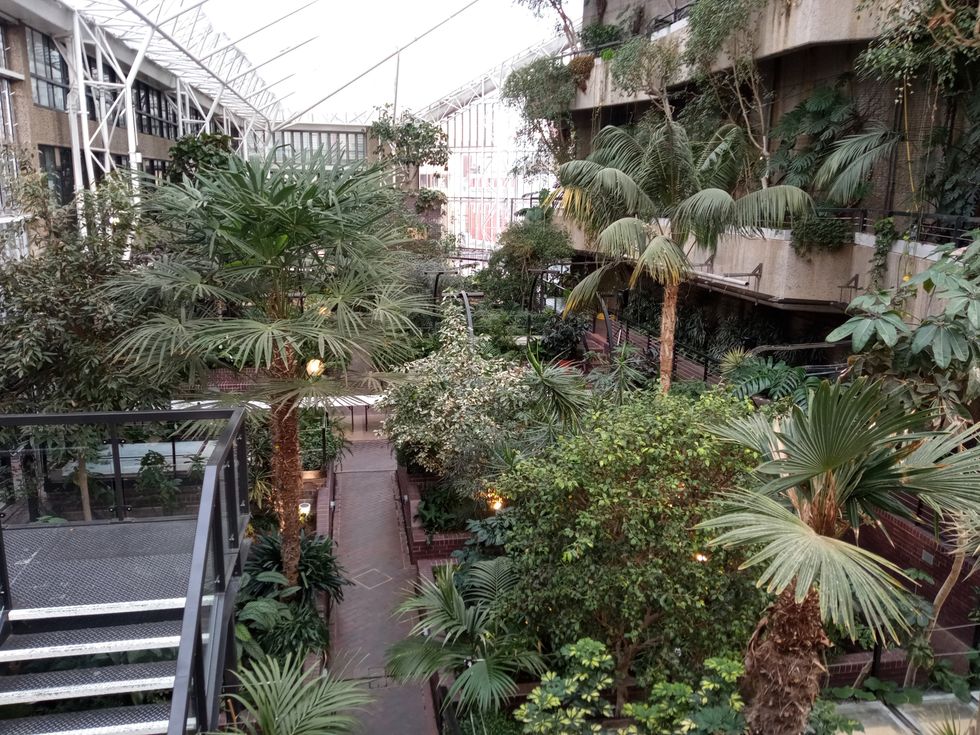
The Barbican also staged Midnight’s Children, a play by Salman Rushdie, Simon Reade, and Tim Supple, in 2003. Based on Rushdie’s Booker Prize winning novel, the play was produced by the Royal Shakespeare Company.
A Festival of India in London was organised in 1982 by the government of India at flagship institutions such as the British Library, Barbican Centre, Hayward Gallery, V&A and Commonwealth Institute, promoting the heritage and arts of India. Prime ministers Indira Gandhi and Margaret Thatcher promoted the event.
And the late sitar maestro, Pandit Ravi Shankar, has played at the Barbican on several occasions.
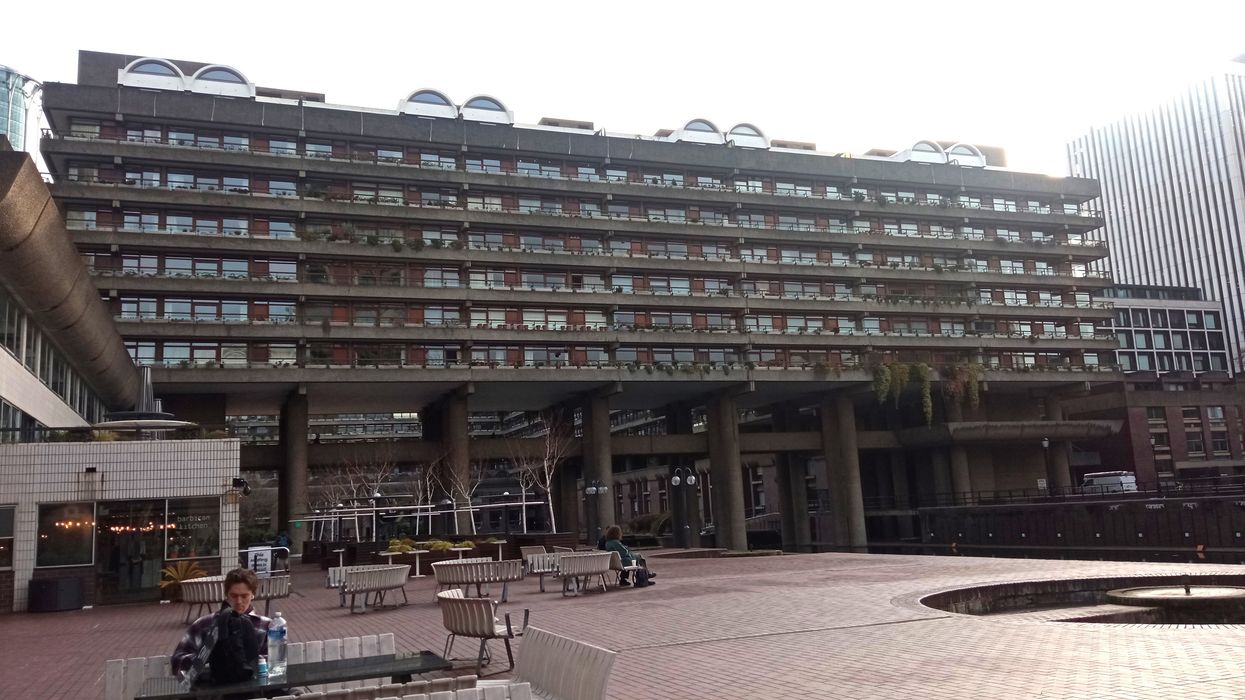

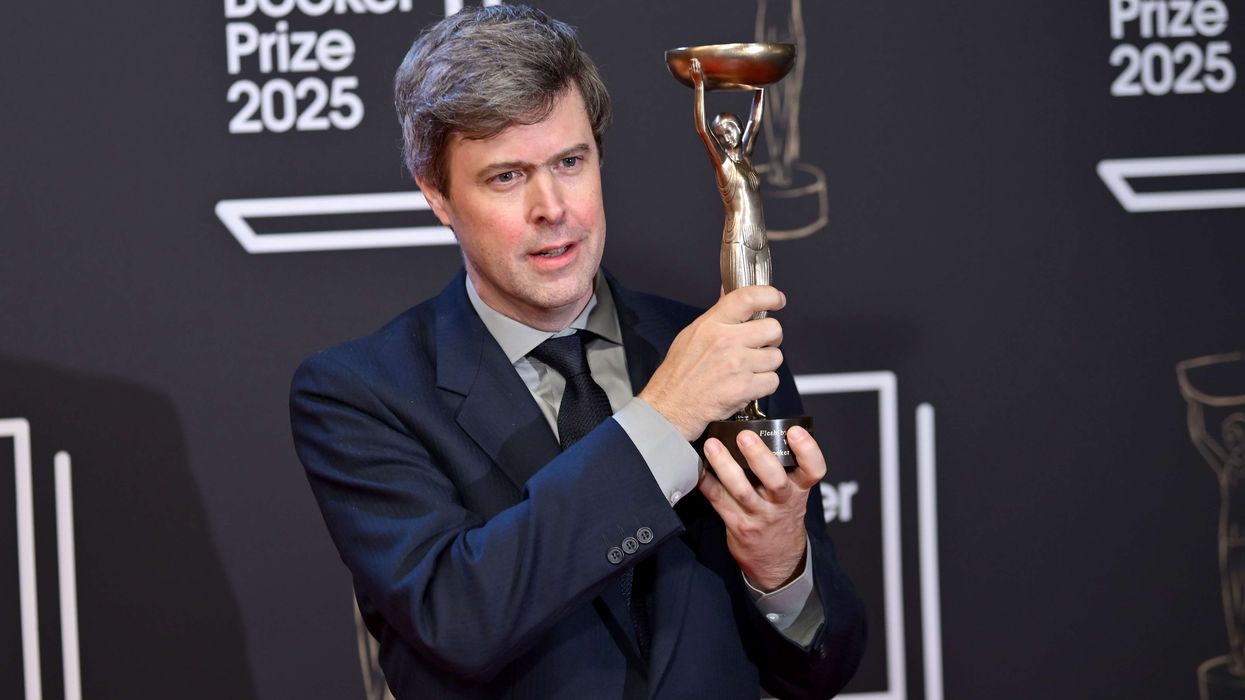
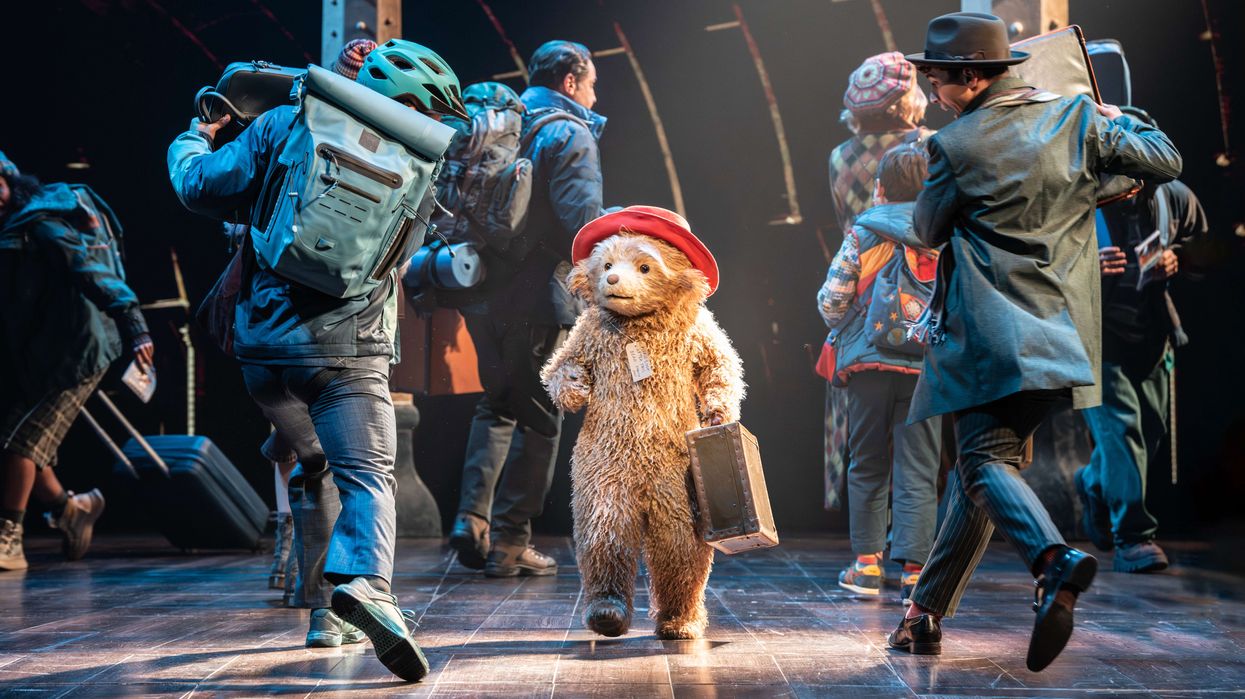
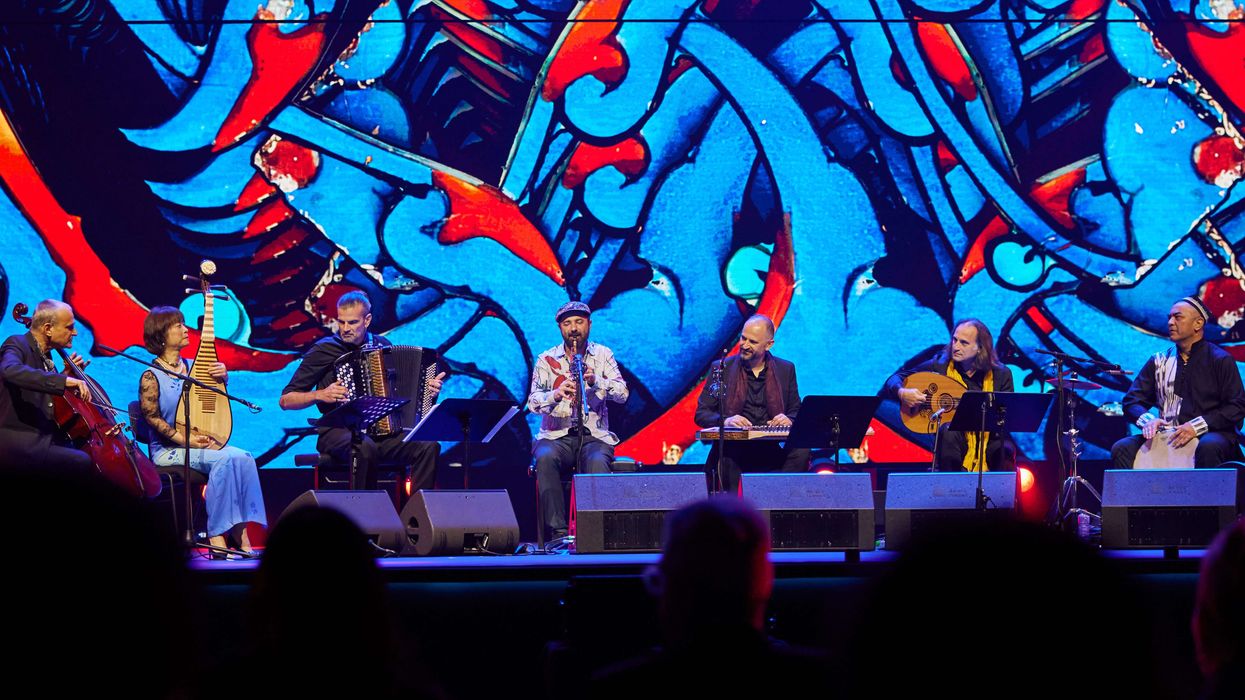

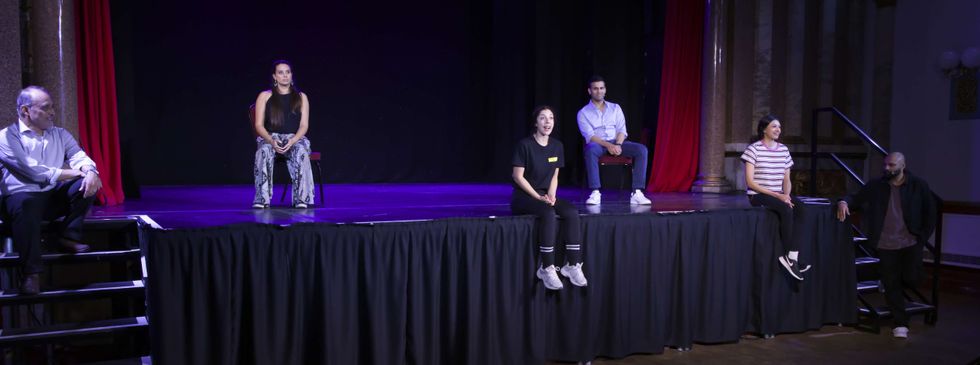 The play is written by Tarun Jasani and directed by Mukul AhmedMGT
The play is written by Tarun Jasani and directed by Mukul AhmedMGT